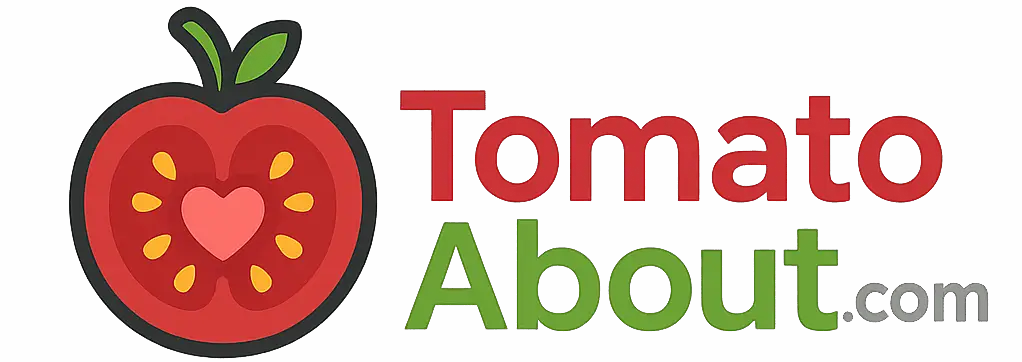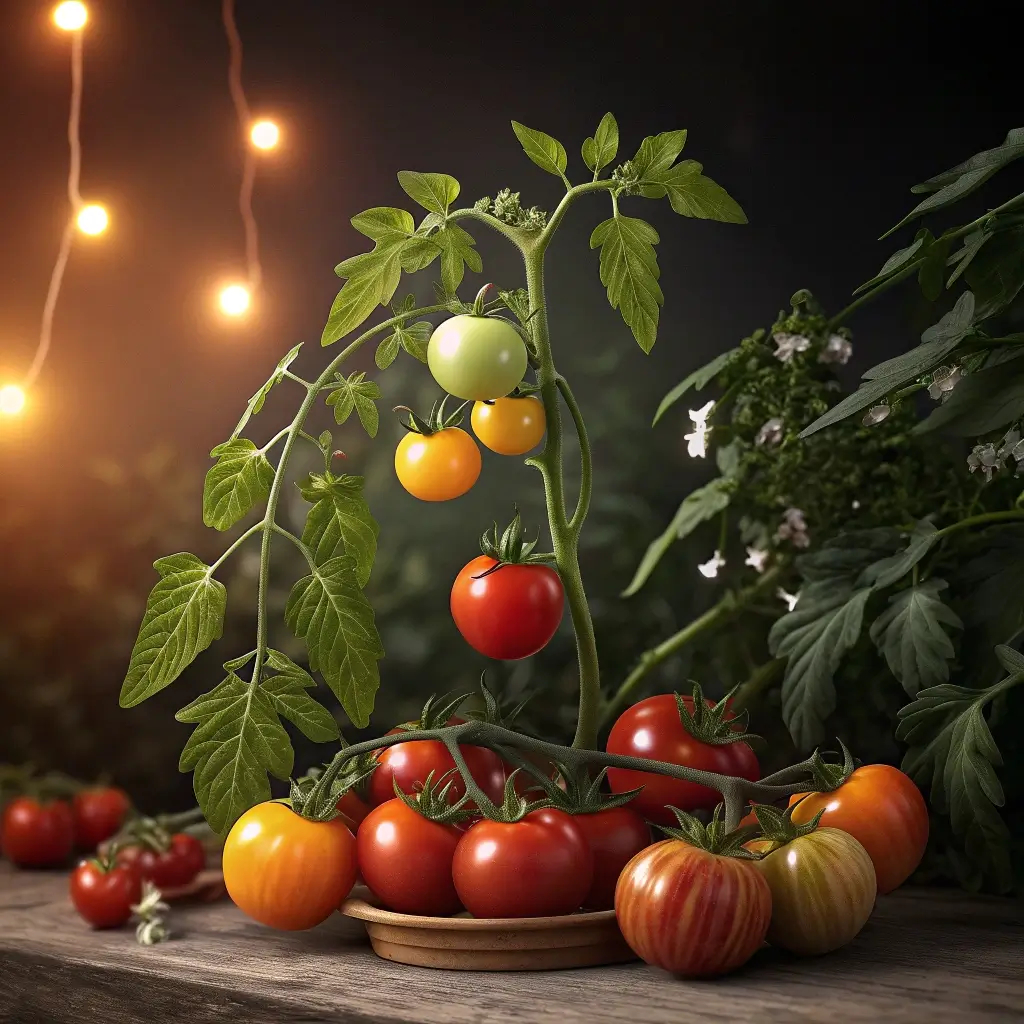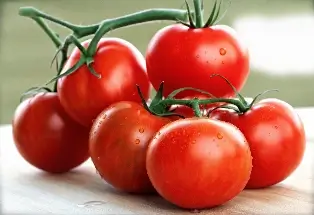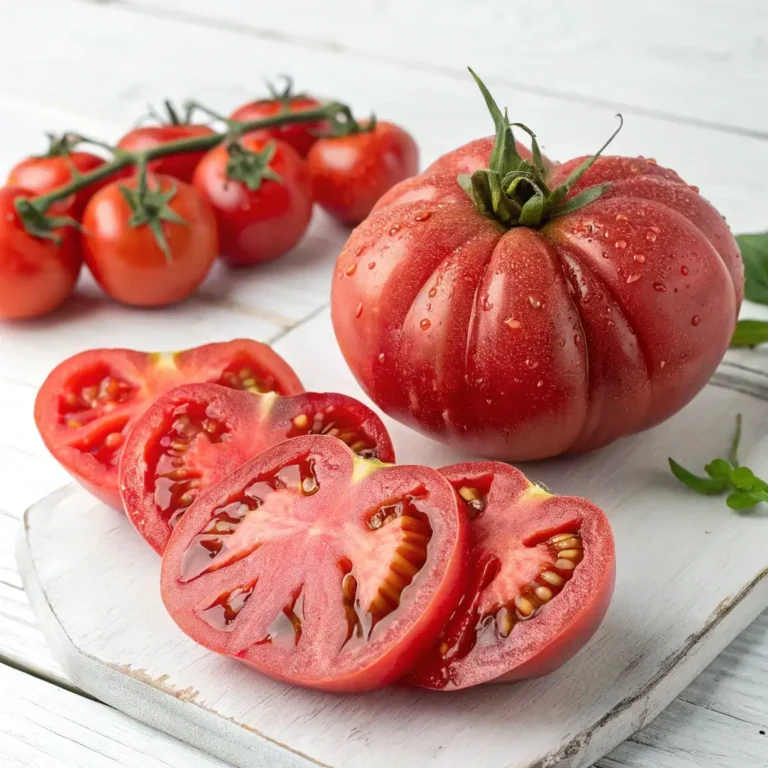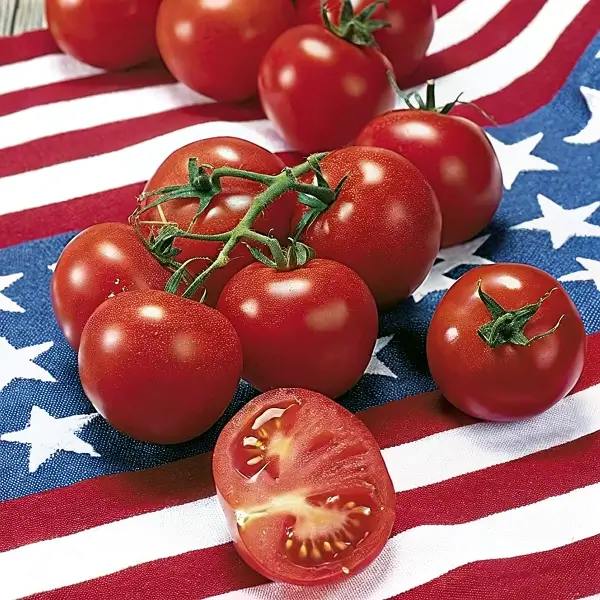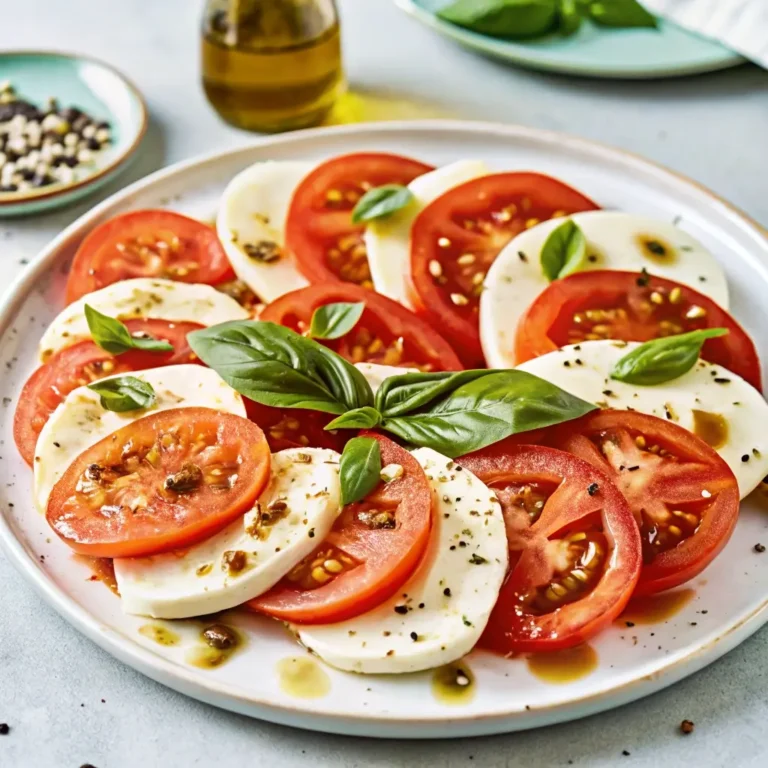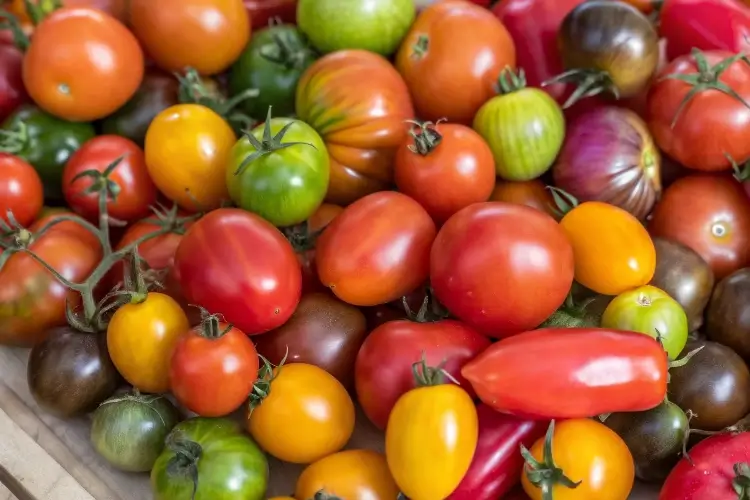21 Tomato Varieties That Grow in Low Light: Best Picks for You
Table of Contents
Introduction
Did you know that 67% of home gardeners believe growing tomatoes is impossible without full sun? Yet, contrary to this widespread belief, several tomato varieties can thrive in less-than-ideal light conditions. If your garden is partially shaded by buildings, trees, or fences, you’re not excluded from enjoying the satisfaction of harvesting homegrown tomatoes. This comprehensive guide explores 21 tomato varieties that grow in low light conditions, helping you select the perfect options for your shadier garden spots.
Whether you’re working with a north-facing balcony, a tree-shaded yard, or simply limited sun exposure, these resilient tomato varieties can transform your gardening experience. Let’s discover how you can cultivate delicious tomatoes even when full sun isn’t available.
Best Low-Light Tomato Varieties
Cherry and Small-Fruited Varieties
- ‘Tumbling Tom’ – A compact variety perfect for hanging baskets that produces abundant cherry tomatoes with as little as 4 hours of sunlight.
- ‘Sun Gold’ – Despite its name, this sweet orange cherry tomato performs surprisingly well in partial shade, developing excellent flavor with just 5-6 hours of light.
- ‘Matt’s Wild Cherry’ – An exceptionally adaptable heirloom that produces tiny, intensely flavored fruits even in dappled light conditions.
- ‘Red Robin’ – A dwarf variety ideal for containers receiving moderate light, producing full-flavored cherry tomatoes throughout the season.
- ‘Black Cherry’ – This dark-fruited variety maintains its rich flavor profile even when grown in locations with 4-5 hours of sunlight.
- ‘Green Grape’ – A unique olive-green cherry tomato that adapts well to lower light conditions while maintaining its distinctive sweet-tart taste.
- ‘Yellow Pear’ – This prolific heirloom produces distinctive pear-shaped yellow fruits and shows remarkable tolerance for shadier locations.
Medium-Sized Varieties
- ‘Early Girl’ – A reliable producer that matures quickly, allowing it to develop fruits even with reduced sunlight exposure.
- ‘New Girl’ – An improved version of Early Girl with even better shade tolerance, producing medium-sized fruits with excellent flavor.
- ‘Stupice’ – This Czech heirloom is known for its cold tolerance and ability to produce in challenging conditions, including partial shade.
- ‘Glacier’ – An ultra-early producer that can develop fruits with just 5 hours of sunlight due to its accelerated growth cycle.
- ‘Oregon Spring’ – Developed specifically for cooler, less sunny Pacific Northwest conditions, this variety produces well in partial shade.
- ‘Siberia’ – As the name suggests, this extremely cold-tolerant variety also handles lower light levels admirably while producing medium-sized fruits.
Large-Fruited Varieties
- ‘Silvery Fir Tree’ – Featuring distinctive carrot-like foliage, this Russian heirloom produces medium-large fruits in dappled light conditions.
- ‘Paul Robeson’ – While typically sun-loving, this black heirloom can adapt to 5-6 hours of sunlight while maintaining much of its rich flavor.
- ‘Moskvich’ – A Russian variety bred for northern gardens, producing medium-large fruits even in less than ideal light.
Paste and Roma Types
- ‘Plum Regal’ – A disease-resistant Roma type that can produce decent yields with approximately 5 hours of direct light.
- ‘Principe Borghese’ – This Italian drying tomato is remarkably adaptable to varying light conditions while maintaining good production.
- ‘Amish Paste’ – A versatile heirloom that shows surprising resilience in partially shaded locations, producing meaty fruits for sauces and canning.
Unique Options
- ‘Siberian Tiger’ – A rare cold-tolerant variety that thrives in northern gardens with limited sun exposure.
- ‘Sophie’s Choice’ – An extremely early determinate variety from Edmonton, Canada that can complete its growth cycle even with reduced sunlight.
[IMAGE PLACEHOLDER: Various low-light tomato varieties arranged to show size, color, and appearance differences]
Growing Tips for Low-Light Tomatoes
Optimizing Available Light
- Position plants to catch morning sun when possible, as morning light is particularly beneficial for photosynthesis.
- Use reflective surfaces (white walls, aluminum foil, or specialized reflective garden film) to bounce available light onto your plants.
- Prune surrounding vegetation that may be casting shadows on your tomato plants.
- Consider using grow lights to supplement natural light, especially for starting seedlings.
Soil and Nutrition Requirements
For tomatoes growing in low light conditions, soil quality becomes even more crucial:
- Enhanced drainage – Low-light areas often retain moisture longer, making well-draining soil essential to prevent root diseases.
- Higher phosphorus levels – A fertilizer with increased phosphorus (the middle number in NPK ratio) promotes flowering and fruiting even with less sunlight.
- Regular feeding – Apply a balanced organic fertilizer every 3-4 weeks to compensate for slower growth in limited light.
Container Considerations
Growing low-light tomatoes in containers offers mobility advantages:
- Use wheeled platforms to move potted tomatoes to catch sun patches throughout the day.
- Select containers at least 12 inches deep for small varieties and 18+ inches for larger varieties.
- Choose lighter-colored containers that reflect rather than absorb heat.
Common Mistakes to Avoid
- Overwatering – Low-light tomatoes experience slower evaporation rates and need less frequent watering than their full-sun counterparts.
- Overcrowding – Give shade-tolerant tomatoes extra space to ensure they capture maximum available light.
- Excessive fertilization – Low-light conditions already slow growth; too much nitrogen can further delay fruiting.
- Choosing the wrong varieties – Not all tomatoes adapt to low light; stick to the varieties listed above for best results.
- Insufficient pruning – In limited light, removing some foliage to improve air circulation and light penetration becomes even more important.
Conclusion
Growing tomatoes in less-than-ideal light conditions is certainly possible with the right varieties and techniques. These 21 tomato varieties that grow in low light conditions offer hope and practical solutions for gardeners with shadier plots. By selecting appropriate varieties, optimizing growing conditions, and providing proper care, you can enjoy a bountiful tomato harvest even without full sun exposure.
Remember that while these varieties perform better than most in low light, all tomatoes will produce more abundantly with increased sunlight. Experiment with different varieties to discover which work best in your specific growing environment.
FAQs
Q: How many hours of sunlight do “low-light” tomatoes actually need?
A: Most low-light tomato varieties need a minimum of 4-6 hours of direct sunlight daily, though some can manage with as little as 3-4 hours plus bright indirect light.
Q: Will tomatoes grown in low light conditions taste as good?
A: While sunlight contributes to sugar production and flavor development, many of these varieties maintain good flavor even in lower light. Cherry varieties tend to retain flavor best in shade conditions.
Q: Can I grow these tomatoes indoors by a window?
A: Most windows don’t provide enough light for fruiting, but with supplemental grow lights, varieties like ‘Red Robin’ and ‘Tumbling Tom’ can produce indoors.
Q: Do low-light tomatoes take longer to mature?
A: Yes, expect a delay of 1-3 weeks in maturity compared to the same varieties grown in full sun.
Q: Should I prune tomatoes differently when growing in low light?
A: Yes, more aggressive pruning to remove excess foliage and focus plant energy on fewer fruits often yields better results in low-light conditions.
